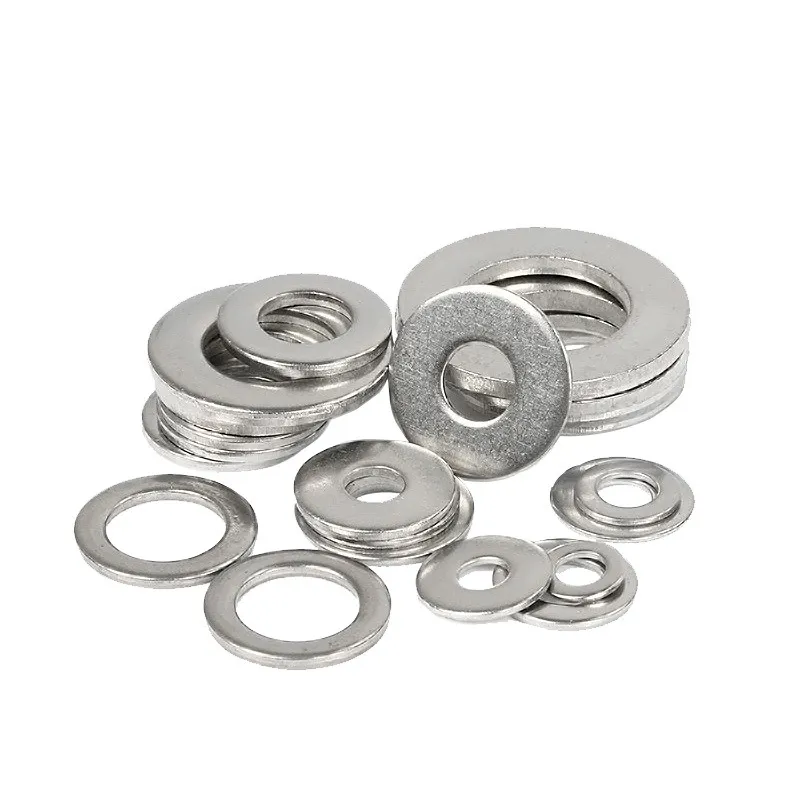

Essential Components for Solar Panel Installation Hardware Setup
Nov . 08, 2024 07:11 Back to list
Essential Components for Solar Panel Installation Hardware Setup
The Essential Guide to Solar Panel Installation Hardware
As the world transitions towards renewable energy sources, solar energy has emerged as one of the most efficient and sustainable ways to harness power. However, the effectiveness of solar energy systems largely relies on the quality of their installation hardware. In this article, we'll explore the essential components involved in solar panel installation and how they contribute to a successful solar power setup.
1. Solar Panels
At the heart of any solar energy system are the solar panels themselves. These panels consist of photovoltaic (PV) cells that convert sunlight into electricity. When choosing solar panels, it's important to consider factors such as efficiency, durability, and warranty. Most panels are made from either monocrystalline or polycrystalline silicon, with monocrystalline panels typically offering higher efficiency and a longer lifespan.
2. Mounting Systems
A proper mounting system is crucial for securing solar panels to rooftops or the ground. There are two main types of mounting systems fixed and adjustable. Fixed mounts are designed for optimal performance at a specific angle, while adjustable mounts allow for changes in angle throughout the year to maximize sun exposure. High-quality mounting hardware includes rails, brackets, and fasteners that withstand wind, snow, and other environmental factors.
3. Inverters
Inverters play a crucial role in turning the direct current (DC) electricity produced by solar panels into alternating current (AC) electricity, which is what most homes and appliances use. There are three main types of inverters string inverters, microinverters, and power optimizers. String inverters connect multiple panels together, while microinverters operate on a panel-by-panel basis, allowing for better performance in shaded areas. Power optimizers work in conjunction with string inverters, maximizing each panel's output.
solar panel installation hardware

4. Electrical Wiring and Connectors
Reliable electrical wiring and connectors are essential for transmitting electricity from the solar panels to the inverter and then to your home. Proper gauge wiring minimizes energy loss and ensures safety. The connectors should be weather-resistant and capable of handling high voltage to prevent any potential electrical hazards. Using high-quality wiring and connectors will help achieve optimal efficiency and reduce maintenance issues.
5. Batteries (Optional)
For those looking to maximize their solar power usage, adding batteries to the system can be beneficial. Batteries store excess energy generated during sunny days, allowing homeowners to use solar power even when the sun isn't shining. When selecting batteries, consider factors such as capacity, battery type (lithium-ion vs. lead-acid), and lifespan, as these will impact the performance of your solar energy system.
6. Monitoring Systems
Monitoring systems enable homeowners to track their solar energy system's performance in real time. These systems can provide valuable insights into energy production, consumption, and system health. Many modern solar inverters come with built-in monitoring capabilities, allowing users to access data through a smartphone app or web portal. This information can help users identify issues promptly and optimize energy usage.
Conclusion
In conclusion, the hardware used in solar panel installation is vital to the overall performance and longevity of solar energy systems. From the solar panels themselves to the mounting systems, inverters, wiring, batteries, and monitoring systems, each component plays a critical role in ensuring effective energy generation and consumption. By investing in high-quality solar panel installation hardware, homeowners can maximize their return on investment, contribute to a sustainable future, and enjoy the benefits of clean, renewable energy for years to come. As solar technology continues to evolve, staying informed about the latest advancements in installation hardware will ensure that your solar power system remains efficient and reliable.
Latest news
-
Hot Dip Galvanized Bolts-About LongZe|High Strength, Corrosion Resistance
NewsJul.30,2025
-
High-Strength Hot Dip Galvanized Bolts - Hebei Longze | Corrosion Resistance, Customization
NewsJul.30,2025
-
Hot Dip Galvanized Bolts-Hebei Longze|Corrosion Resistance&High Strength
NewsJul.30,2025
-
High-Strength Hot-Dip Galvanized Bolts-Hebei Longze|Corrosion Resistance&High Strength
NewsJul.30,2025
-
Hot Dip Galvanized Bolts-Hebei Longze|Corrosion Resistance&High Strength
NewsJul.30,2025
-
Hot Dip Galvanized Bolts - Hebei Longze | Corrosion Resistance, High Strength
NewsJul.30,2025

